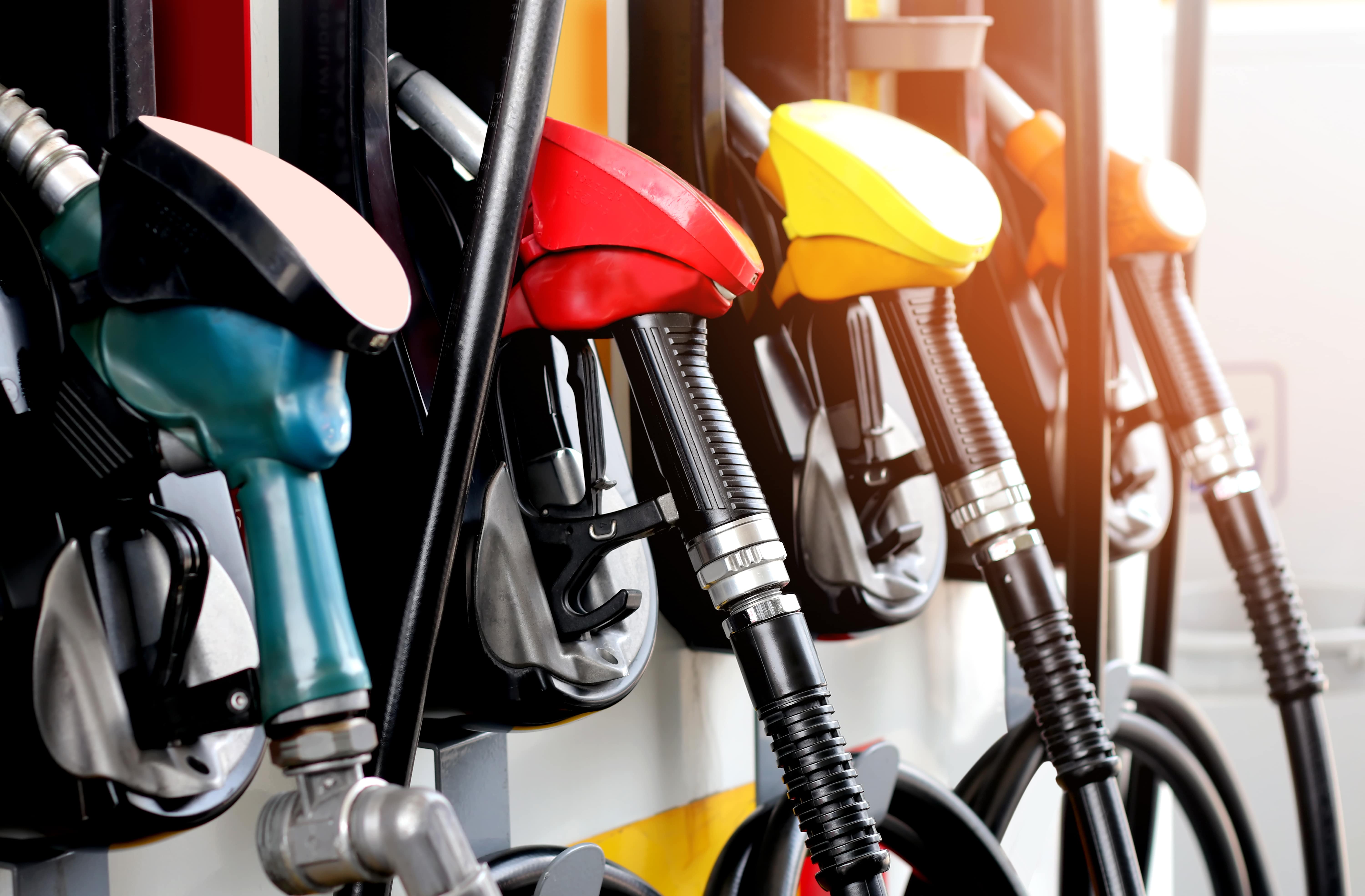
Guest
Conseils aux conducteurs de poids lourds pour économiser du carburant
Créée: 16/08/2024
•
Mise à jour : 10/10/2024
L'économie de carburant des véhicules est l'un des aspects les plus importants affectant les coûts des entreprises de transport. Il est essentiel de comprendre comment améliorer l'efficacité énergétique, à la fois en tant que gestionnaire et en tant que conducteur. Chez SNAP, nous nous efforçons d'apporter un soutien professionnel à toutes les personnes impliquées dans le transport de marchandises. C'est pourquoi nous avons préparé une liste de conseils qui peuvent contribuer à l'efficacité énergétique sur la route.
Pourquoi l'économie de carburant est-elle si importante ?
Pour bien comprendre l'importance du rendement énergétique de l'essence, il convient d'examiner le rôle que jouent les coûts du carburant dans les budgets des entreprises de transport. Selon divers rapports, le coût du carburant peut représenter entre 25 et 35 % des dépenses des [opérateurs de flotte] (https://snapacc.com/fleet-operators/). L'utilisation de conseils pour économiser le carburant peut réduire considérablement les coûts, ce qui permet de libérer une grande partie du budget pour d'autres investissements.
Un autre aspect de l'intérêt de la consommation de carburant est l'écologie. Bien que les véhicules électriques s'imposent peu à peu dans le secteur du transport de marchandises, la plupart des flottes sont encore constituées de camions équipés de moteurs à combustion classiques. Les transports étant responsables d'un cinquième des émissions polluantes mondiales, les conseils pour économiser le carburant peuvent être utiles non seulement à vous et à votre entreprise, mais aussi à la planète dans son ensemble.
Conseils de SNAP pour économiser le carburant à l'intention des conducteurs au Royaume-Uni et en Europe
Pour vous aider à lutter contre l'augmentation des coûts et à réduire les émissions polluantes, nous avons préparé une liste de conseils pour optimiser l'efficacité énergétique de votre flotte. Ces conseils sont basés sur des expériences réelles et des recommandations de partenaires industriels de confiance - vous pouvez être sûr que la mise en œuvre de nos conseils aura un effet majeur sur votre économie de carburant.

1. La lenteur et la régularité gagnent la course
Même s'il peut être tentant d'arriver à destination le plus rapidement possible, il est important de tenir compte des limitations de vitesse en conduisant. Les limites actuelles sont en vigueur depuis 2015 et fixent la vitesse maximale à 50 et 60 miles par heure sur les routes à chaussée unique et à deux voies, respectivement, et à 70 miles par heure sur les autoroutes. Il est important de noter que les véhicules de plus de 7,5 tonnes (le poids étant calculé à partir du poids du camion et du poids des marchandises) sont soumis à des limitations de vitesse plus restrictives, notamment à 60 mph sur les autoroutes. Il est bien connu qu'une conduite régulière et le respect des limitations contribuent à l'économie de carburant des véhicules. De plus, cela permet d'éviter les amendes pour excès de vitesse et de réduire considérablement les risques d'accident.
2. S'informer sur les économies de carburant
Pour bien comprendre l'impact de votre style de conduite sur les coûts de transport, vous devez connaître les subtilités de l'économie de carburant. Le MPG est l'unité la plus couramment utilisée pour mesurer la consommation de carburant d'un parc automobile. Le calcul est assez simple, mais les unités peuvent prêter à confusion, la plupart des stations-service du Royaume-Uni et d'Europe vendant le carburant en litres. Un gallon britannique équivaut à 4,546 litres. La plupart des véhicules actuels fournissent des statistiques de consommation en cours de route, ce qui vous permet de contrôler facilement votre consommation de carburant pendant que vous conduisez.
3. Freinez moins et conduisez à un rythme régulier
Une conduite calme peut faire des merveilles en matière d'économie de carburant pour les camions. Utilisez le frein moteur chaque fois que vous le pouvez, maintenez une distance de sécurité entre vous et les autres véhicules et, surtout, faites preuve de bon sens sur la route. Restez vigilant pour identifier rapidement toute situation qui pourrait vous obliger à ralentir et ajustez votre vitesse en conséquence pour rester en sécurité tout en réduisant votre consommation de carburant.
4. Roulez sur des rapports plus élevés lorsque c'est possible
Un autre aspect à prendre en compte est le fonctionnement du moteur : plus le rapport est élevé, moins il y a de tours par minute, et moins le moteur est sollicité. À moins que vous ne descendiez une côte ou que vous ne réduisiez la vitesse pour doubler, essayez de rester sur la vitesse supérieure chaque fois que possible. C'est l'une des techniques de conduite les plus importantes pour économiser du carburant.

5. Prenez soin de votre camion
Prenez soin de votre véhicule et il prendra soin de vous. Entretenez-le régulièrement, surveillez les niveaux d'huile et la pression des pneus, et contrôlez l'efficacité du moteur. Ces conseils de conduite pour économiser du carburant peuvent s'avérer très utiles et retarder les réparations et autres travaux d'entretien. Un aspect souvent négligé de l'économie de carburant des flottes est le gonflage correct des pneus, qui peut réduire la consommation de carburant de 2 %.
6. Planifiez votre itinéraire et tenez-vous informé de l'état des routes
En planifiant votre itinéraire à l'avance, vous éviterez de prendre de mauvais virages et d'ajouter des kilomètres inutiles à votre voyage. Cette opération est souvent effectuée automatiquement par votre appareil de navigation, mais vous devez également vous tenir informé des détours possibles et des mauvaises conditions routières afin d'optimiser votre itinéraire.
7. Garder l'aérodynamisme à l'esprit
L'effet de la résistance de l'air sur la consommation de carburant est souvent négligé lorsqu'il s'agit de donner des conseils pour économiser du carburant. À grande vitesse, le fait même d'avoir les fenêtres ouvertes peut nuire à l'économie de carburant. Les pertes aérodynamiques peuvent augmenter la consommation de carburant jusqu'à 20 % - il convient donc de garder ce point à l'esprit lorsque vous conduisez.
8. Utiliser les camions les plus économes en carburant
Ce conseil s'adresse davantage aux gestionnaires de flotte, mais il est bon de s'en souvenir en tant que conducteur. Bien qu'il soit difficile de trouver le camion le plus économique, il existe de nombreux camions économes en carburant sur le marché, en particulier parmi les nouveaux modèles. Les camions ayant un bon rendement énergétique sont un atout essentiel pour toute entreprise de transport. Si, dans certains cas, le coût initial des camions ayant le meilleur rendement énergétique peut être plus élevé que celui d'une solution plus gourmande en carburant, les économies réalisées deviennent évidentes sur de plus longues périodes.
9. Coupez le moteur lorsque vous laissez tourner le moteur au ralenti
En particulier lorsque vous quittez l'autoroute pour vous rendre à votre destination finale, qui peut être une ville, vous pouvez souvent vous retrouver dans une situation où vous êtes arrêté dans les embouteillages, même pendant de longues périodes. Dans ce cas, il vaut la peine de couper le moteur pendant un certain temps. Même les camions les plus économes en carburant en profitent, tout en réduisant les émissions et le niveau de bruit.
10. Utilisez des solutions fiables pour vous aider sur la route
Trouver une place de parking ou un bon endroit pour faire le plein d'essence peut ajouter de nombreux kilomètres inutiles à votre itinéraire. Pour accélérer le processus, vous pouvez utiliser un logiciel TMS (Transport Management System) - la plateforme SNAP est disponible pour les opérateurs de flotte et les conducteurs. Parmi les fonctionnalités disponibles figure le module SNAP Parking qui vous permet de trouver des [truck stops] (https://snapacc.com/map/) et des parkings de dépôt - ce qui vous permet de gagner du temps et d'économiser du carburant.

En résumé - conduire régulièrement, tenir compte de l'aérodynamisme, utiliser le bon véhicule et tirer parti des caractéristiques du compte SNAP.
Comment optimiser la consommation de carburant de votre véhicule ? Il existe de nombreuses façons de réduire la consommation de carburant - en adoptant un style de conduite calme et régulier, en utilisant les camions les plus économes en carburant disponibles, en prenant soin de l'aérodynamisme et de l'entretien du camion. Vous pouvez également obtenir d'excellents résultats en tirant parti des fonctions disponibles sur la plateforme SNAP Account, telles que SNAP Fuel et SNAP Parking.
Nos solutions aident actuellement plus de 185 000 conducteurs dans toute l'Europe, permettant à plus de 8 500 flottes d'économiser sur les coûts de carburant. Les dépenses en carburant peuvent représenter de 25 à 35 % des dépenses d'une entreprise de transport. Outre les avantages économiques, l'efficacité énergétique est également vitale pour la planète, car elle contribue à réduire les émissions.



